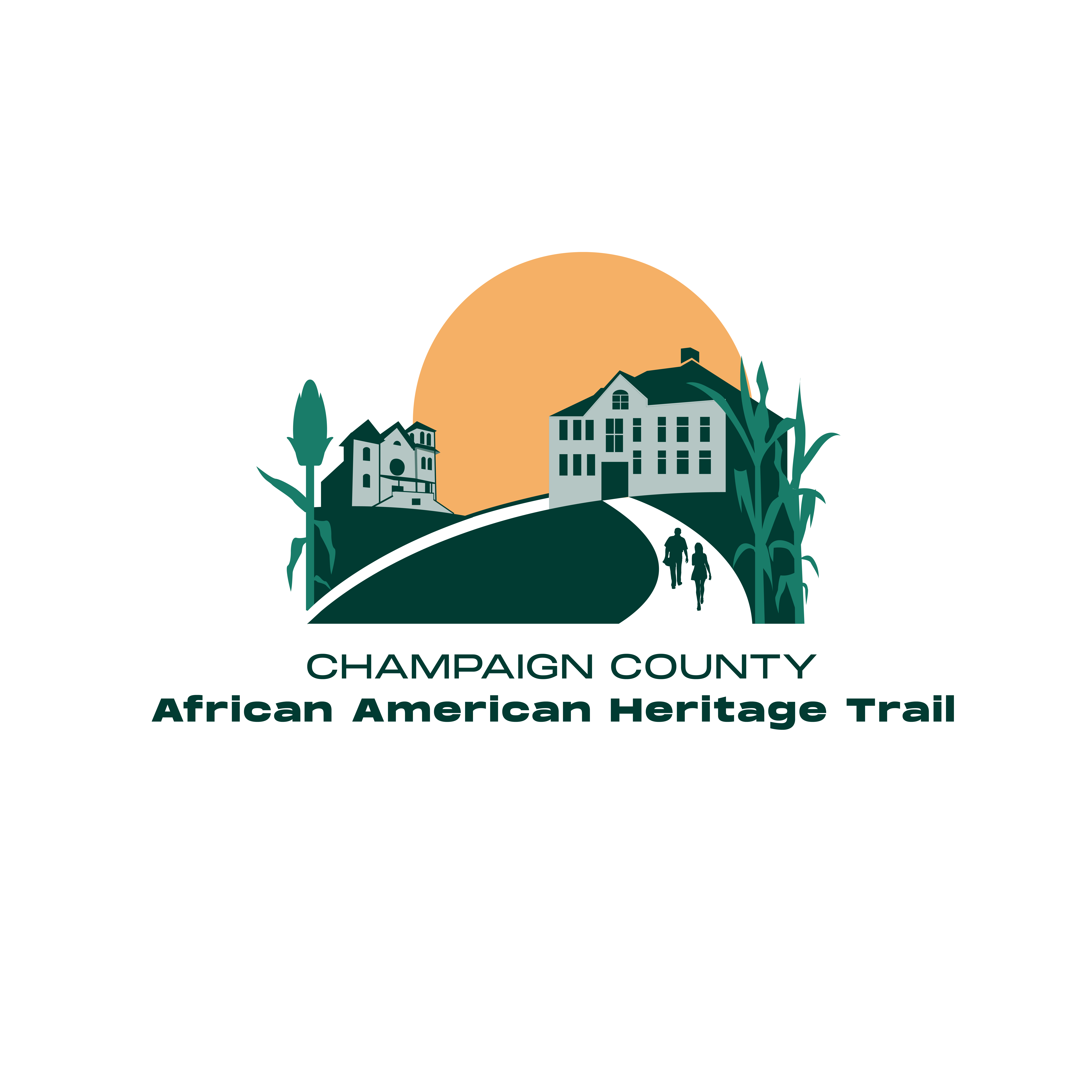Emancipation Day Celebrations
President Abraham Lincoln issued his Emancipation Proclamation on September 22, 1862. For many years afterward, in or around September, African Americans would congregate at parks and other community spaces for Emancipation Day celebrations. These celebrations were held in Champaign, Homer, Tolono, Sidney, and other parts of Champaign County. Celebrations often included food, music, and dancing.
On July 22, 1895, a meeting was held at Bethel AME Church to create a permanent organization to plan Emancipation Day celebrations in September. Edward Ballenger served as President, Albert Lee served as Secretary, and George Riley served as Corresponding Secretary. That August, the Honorable Joseph G. Cannon was selected as the first speaker at the newly organized Emancipation Celebration.
The celebration was a success. The day started with people arriving from Peoria, Danville, Paris (Illinois), Indianapolis, and Terre Haute. A parade kicked off from Bethel AME Church and went through the downtowns of both Champaign and Urbana, ending at fairgrounds between Second and Third Streets off Daniel Avenue. Festivities continued that afternoon with a Drill Corps competition, a bicycle race with a prize of $18 (approximately $626.98 in 2022 dollars), and a speech by Congressman Joseph Gurney “Uncle Joe” Cannon, who was soon to become Speaker of the United States House of Representatives (1903–1911). Reporters wrote that Congressman Cannon, “created more enthusiasm, more consideration on the part of whites for blacks, and more ambition among the colored people…to occupy the higher ground that God intends them to occupy.”
The evening’s ball was held at Eichberg’s Hall, located at 22 E. Main Street in Champaign. Finally, an evening meeting at Barrett Hall ended the day’s events, over which Reverend P. M. Lewis, pastor of Bethel AME Church, presided. The evening address was delivered by Reverend T. W. Henderson of Indianapolis, and William Helm of Second Baptist Church (now Salem Baptist Church) closed the meeting.
Additional Emancipation Day Celebrations
1900: Reverend Brown of Salem Baptist Church organized an Emancipation Day celebration which was officiated by W. P. McAllister and held in West Side Park (West End Park).
1904: An Emancipation Day celebration was held, including a parade, speeches, bar-b-que, and performance by the Knights of Pythias’ Band.
1908: An Emancipation Day celebration was observed during the evening of Champaign in Imperial Hall. Seventy-five couples attended. The hall was located in the Imperial Building at the northwestern corner of Tyler and Walnut Streets in Champaign. Since the late 1800s, many African American civic and social organizations met in the hall.
1915: Salem Baptist, Bethel AME, and Methodist Episcopal churches united to plan the September 22 celebration of the Emancipation Proclamation. A parade was planned, and each church chose a candidate for Queen of the Emancipation. They were: Mrs. Hattie Martin (Salem Baptist); Miss Allie Moore (Bethel AME); and Mrs. Jeptha Tisdale (Methodist Episcopal). The woman who received the largest number of votes would be crowned as Queen. That same year, Champaign Mayor E. S. Swigart issued an Emancipation Day proclamation, calling on all residents to do two things: (1) Grant a holiday to all African Americans working for them, if possible; and (2) Display the stars and stripes from their homes and places of business on the day of the celebration.
1916: An Emancipation Celebration Committee was announced as including Solomon T. Clanton (President); Edward G. Jackson (Vice President); R. B. Alexander (Secretary); and Archie Penney (Treasurer). They set September 22 as the date, and the Champaign County Fairgrounds as the location, for the celebration. It was a success. The program consisted of songs, an invocation, a reading of the Gettysburg Address and Emancipation Proclamation, reminisces by Elder John Rivers on “The Evils of Slavery” and Dr. Johnson (Post Commander of the GAR) on “The Civil War GAR (Grand Army of the Republic).” It ended with an address by Congressman William B. McKinley. Representatives of Champaign and Urbana’s mayors were present.
1920: Salem Baptist Church held an Emancipation Proclamation Day program on January 1.
1923: Salem Baptist Church and Mt. Olive Missionary Baptist Church of Champaign held a joint observance of Emancipation Day at Salem. Reverend R. A. Hayden was the presiding pastor.
SOURCES:
Champaign County News, July 2, 1895, pg. 1 and August 10, 1895, pg. 12
Article: “It Is Over: Emancipation Exercises in the Twin Cities,” Champaign County News, September 28, 1895, pg. 9
Article: “Was a Howling Success,” Champaign County News, September 22, 1900, pg. 2
Article: “Colored People Celebrate.” Urbana Courier, September 22, 1904, pg. 1
Article: Champaign County News, September 26, 1908, pg. 9
Article: Champaign County News, August 11, 1915, pg. 2
Champaign County News, September 18, 1915, pg. 8
Article: Urbana Courier, September1, 1916, pg. 5
Article: “Negro Day Success,” Champaign County News, September 23, 1916, pg. 1
Article: Urbana Courier, January 2, 1923, pg. 2
Decade:
1860-1869
Location(s):
- Champaign, Illinois
- Urbana, Illinois
Additional Champaign Trail Sites

